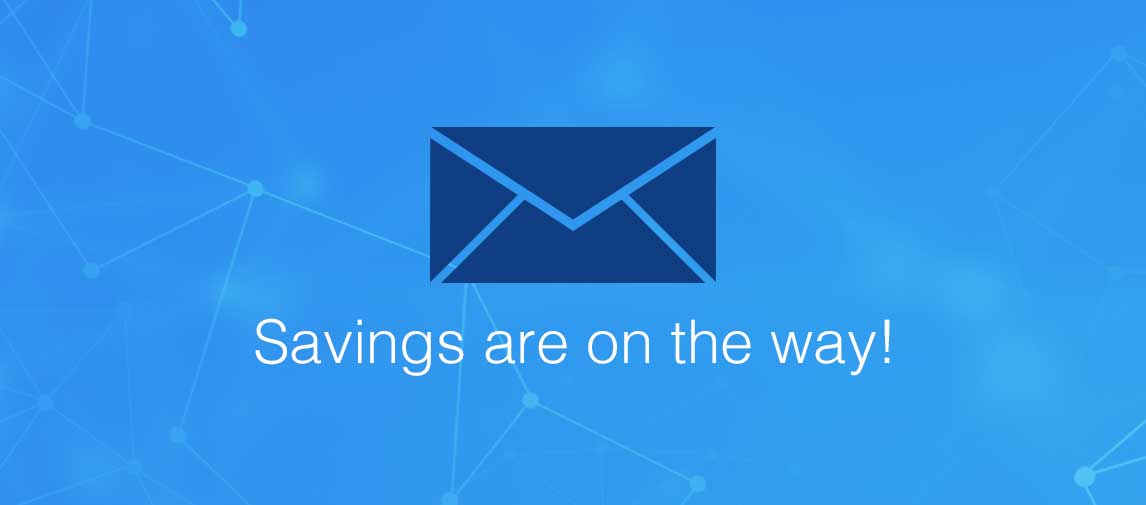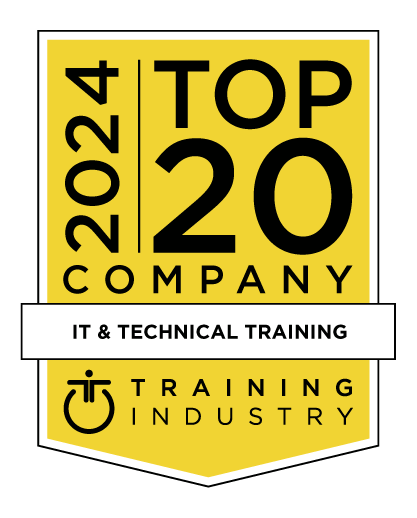title
Please take a moment to fill out this form. We will get back to you as soon as possible.
All fields marked with an asterisk (*) are mandatory.
Overview of IBM Cognos Analytics Dashboards (v11.2)
Course Description
Overview
This course provides participants with a high-level overview of the IBM Cognos Analytics Dashboard tool and its underlying architecture. They will explore the powerful features of IBM Cognos Analytics dashboards to transform raw data into actionable insights. Through interactive lessons, practical exercises, and real-world scenarios, learners will gain the skills to create, customize, and share dynamic dashboards that drive data-informed decisions.
Learners will gain hands-on experience through exercises that enhance their ability to create and customize dashboards, stories, and explorations.
By the end of this course, learners should be proficient in creating and customizing dashboards, using Cognos Analytics tools and AI Assistant, integrating and visualize data from multiple sources, employing advanced features like 3D maps, forecasting, and drill-through definitions to enhance insights, and much more.
Objectives
After completing this course, learners should be able to:
- Customize dashboard visualizations
- Explore and use AI Assistant for dashboard design
- Select and integrate at least two different types of data sources into a dashboard
- Customize a dashboard with widgets
- Configure a dashboard with interconnected visualizations
- Adjust the timeline of objects in a scene to control appearance and disappearance during playback
- Create an exploration from a data source
- Apply forecasting techniques to predict future trends using historical data in visualizations
- Apply cascading filters to guide logical data exploration in dashboards
Audience
This course is intended for data professionals in multiple roles: business analysts, report authors, developers, data administrators, data modelers, project managers, and technical users who are involved in data preparation, reporting, and business intelligence within their organization.
Prerequisites
- An understanding of your organization's business intelligence process and reporting needs
- Experience using basic Windows functionality
- An understanding of Cognos reporting
Participants should have the following skills:
Topics
Unit 1: Introduction to Dashboards
- Define key features of dashboards
- Identify dashboard interface components
- Upload data files for dashboard creation
- Customize dashboard visualizations
- Explore and use the AI Assistant for dashboard design
Unit 2: Create a Basic Dashboard
- Select and integrate at least two different types of data sources into a dashboard
- Add visualizations to a dashboard using drag-and-drop, AI Assistant queries, and Pinned tabs
- Customize a dashboard with widgets
- Share a dashboard with custom configurations
Unit 3: Advanced Dashboard Functions
- Implement filters into a dashboard
- Configure a dashboard with interconnected visualizations
- Use the Visualization feature to change the type of a chart in an advanced dashboard and customize the chart's properties
- Use the AI Assistant to generate relevant visualizations
- Apply natural language queries and refine output with filters and aggregations
Unit 4: Create a Story
- Create a basic story by adding scenes and integrating visualizations and animations
- Adjust the timeline of objects in a scene to control appearance and disappearance during playback
- Enhance a story by adding animations to objects and highlighting key data points to emphasize insights
Unit 5: Create an Exploration
- Explain the purpose and advantages of using Explorations, including how they reveal insights and correlations
- Create an exploration from a data source
- Interact with the Relationship Diagram to filter unique fields, select starting points, and generate corresponding visualizations
Unit 6: Visualizations
- Identify and describe at least five types of visualizations, including their appropriate use cases
- Demonstrate how to configure a drill-through definition for a visualization in a dashboard
- Apply forecasting techniques to predict future trends using historical data in visualizations
- Create and import a custom visualization into a dashboard, ensuring its integration and usability
Unit 7: Features in Cognos Analytics 11.2
- Demonstrate how to create and manipulate 3D hexbin maps
- Customize visualization properties, such as bullet charts and axis-specific formatting in a dashboard
- Apply cascading filters to guide logical data exploration in dashboards
- Utilize and customize tooltip features to add context to data visualizations
Self-Paced Training Info
Learn at your own pace with anytime, anywhere training
- Same in-demand topics as instructor-led public and private classes.
- Standalone learning or supplemental reinforcement.
- e-Learning content varies by course and technology.
- View the Self-Paced version of this outline and what is included in the SPVC course.
- Learn more about e-Learning
Course Added To Shopping Cart
bla
bla
bla
bla
bla
bla
Self-Paced Training Terms & Conditions
This is a Self-Paced virtual class; it is intended for students who do not need the support of a classroom instructor.
If you feel you would better benefit from having access to a Subject Matter Expert, please enroll in the Instructor-Led version instead. Minimal technical support is provided to address issues with accessing the platform or problems within the lab environment.
Before you enroll, review the system requirements to ensure that your system meets the minimum requirements for this course. AFTER YOU ARE ENROLLED IN THIS COURSE, YOU WILL NOT BE ABLE TO CANCEL YOUR ENROLLMENT. You are billed for the course when you submit the enrollment form. Self-Paced Virtual Classes are non-refundable. Once you purchase a Self-Paced Virtual Class, you will be charged the full price.
After you receive payment confirmation from LearnQuest, you will be sent further access instructions and time limits for your course from IBM.
IMPORTANT!!! If your course provides access to a hands-on lab (Virtual Lab Environment), you will have a specific number of days (varies course by course) on the remote lab platform to complete your hands-on labs. Do not start your lab until you are ready to use your lab time effectively. Time allotted in the virtual lab environment will be indicated once you log into your course. The self-paced format gives you the opportunity to complete the course at your convenience, at any location, and at your own pace. The course is available 24 hours a day.
If the course requires a remote lab system, the lab system access is allocated on a first-come, first-served basis. When you are not using the elab system, ensure that you suspend your elab to maximize your hours available to use the elab system. Note: This does not add additional days to your Lab Environment time frame.
Click the Skytap Connectivity Test button to ensure this computer's hardware, software and internet connection works with the SPVC Lab Environment.
Click the Skytap Connectivity Documentation button to read about the hardware, software and internet connection requirements.
Exam Terms & Conditions
Sorry, there are no classes that meet your criteria.
Please contact us to schedule a class.

STOP! Before You Leave
Save 0% on this course!
Take advantage of our online-only offer & save 0% on any course !
Promo Code skip0 will be applied to your registration
Purchase Information
title
Please take a moment to fill out this form. We will get back to you as soon as possible.
All fields marked with an asterisk (*) are mandatory.










